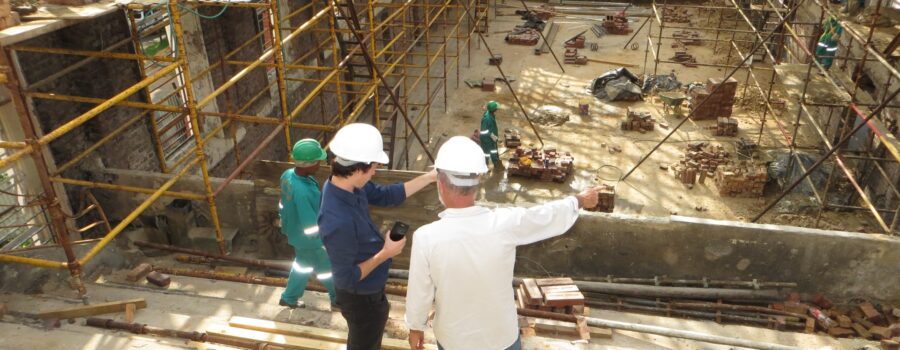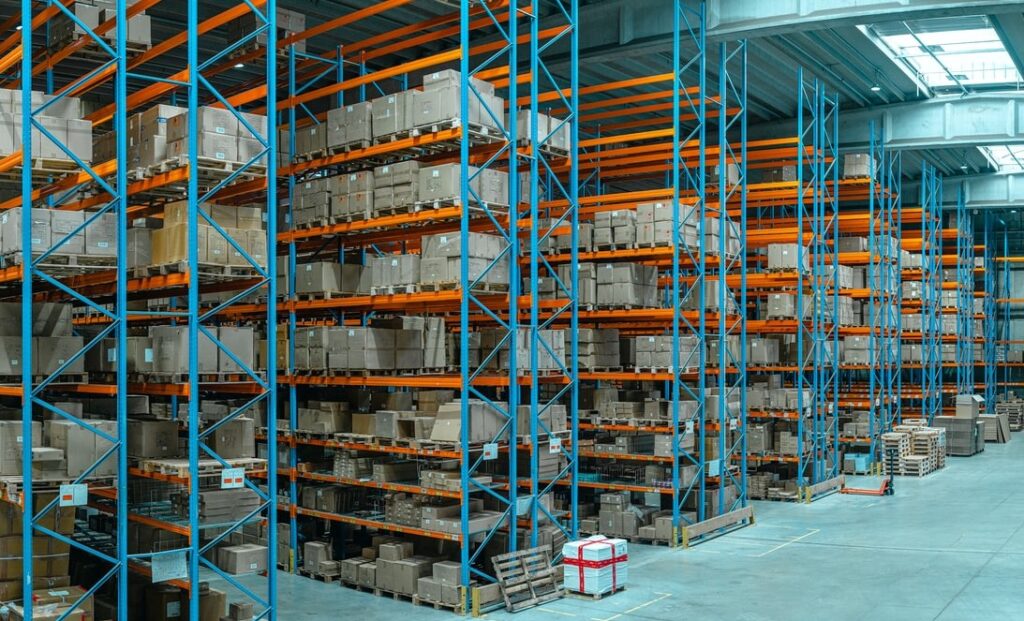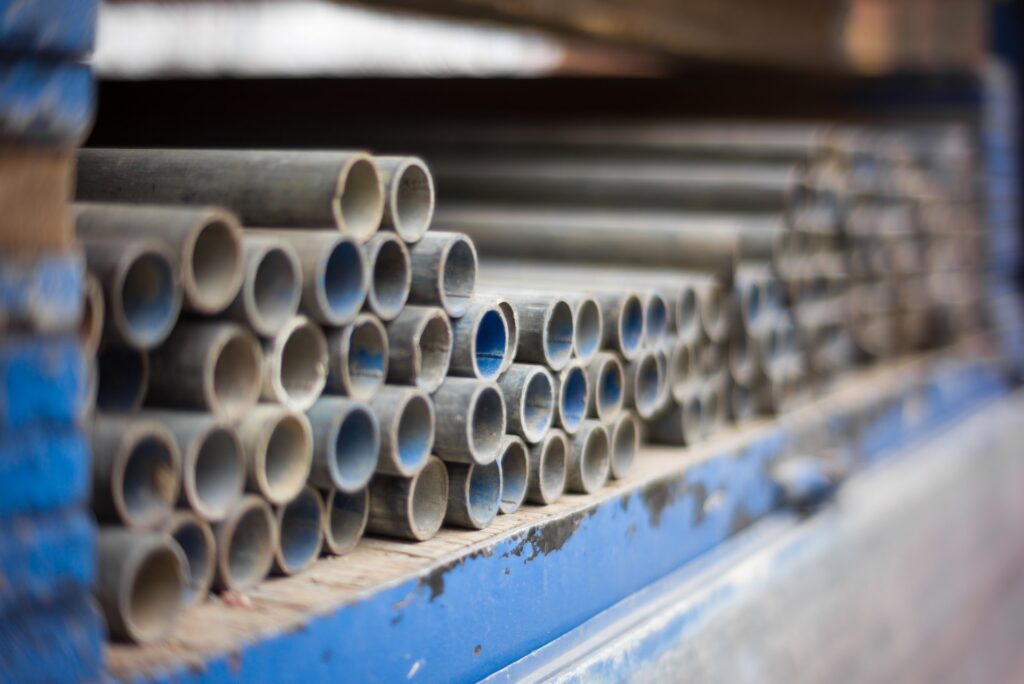
Managing Rising Construction Prices in 2022
Will construction costs go down in 2022? The short answer is that it’s not likely to happen. It was predicted by many economists in 2021 that the overall economy would have a slow recovery and that a housing crash could occur. On both of these points, it appears that economists have been wrong. The stock market has been steadily rising over the past six months. At the same time, the housing market has more demand than ever.
It’s because of this demand that construction prices will likely continue to remain relatively high. Even though there are some indicators that buyer demand will drop slightly in the coming months, it’s important to understand that inventory levels have dropped as well, which means that a small drop in buyer demand won’t automatically change anything.
When looking at the remainder of 2022, contractors are likely going to be facing the same issues that they encountered in 2021, which means that they may be impacted by supply chain issues, difficulties with hiring enough employees, and high material costs that are worsened by an increase in interest rates and inflation.
The supply chain for building materials is slowly improving across numerous sectors. However, there are millions of containers that remain inbound to the U.S. When considering the various commodities that are causing costs of home projects to increase this year, the main concerns include copper, lumber, labor, and steel. This guide goes into more detail about 2022 construction prices and how to manage them.

Property and Construction Values Will Remain High
Current trends indicate that property and construction values will continue to rise for the foreseeable future. For instance, a real estate market forecast that was created by Zillow indicated that home prices would increase by nearly 12% by April 2022. In actuality, home prices increased by more than 20% from April 2021 to April 2022, which indicates that Zillow underestimated how much buyer demand there would be even with the rising interest rates.
Most real estate analysts predict that the increase in home values will slow for the remainder of this year because of a drop in buyer demand. However, it’s possible that these predictions will once again underestimate the level of buyer demand there will be for purchasing properties. Keep in mind that home inventory on the market remains low.
During July, there were right around 1.26 million homes on the market, which is a slight increase from the 1.23 million homes that were on the market at the same time last year. If supply remains low, buyer demand will put a further strain on construction costs since any new construction properties will likely be purchased in next to no time. The two primary factors that indicate that construction and property prices will remain high include supply chain issues and current material prices.
Supply Chain
Supply chain issues have created problems for many industries that rely on a healthy supply chain to deliver the products that consumers need. Even though supply chain congestion is improving for certain sectors, there are currently almost two million separate containers that are inbound to the U.S. Once these containers arrive, inventories should be naturally replenished.
However, it’s impossible to know when inventories will be fully restocked and when the supply chain will become non-congested. There’s also a belief that ongoing wars and further COVID-19 lock-downs in China could lead to construction supply chains continuing to have issues in the foreseeable future. Many economists believe that supply chain troubles will continue well into 2023 and possibly into 2024.

Material Prices
A recent report by the Bureau of Labor Statistics states that prices for construction materials increased by around 25% in 2021, which is a trend that has continued into 2022. Because of the supply chain issues mentioned previously, acquiring the right amount of materials has been challenging. It’s expected that material costs will continue to increase but may drop slightly by the end of the year. However, other economists state that there’s no way to accurately predict material costs because of a general volatility that has persisted in the first half of the year.
While some commodities are increasing in price more than others, the majority of commodities have had price increases over the past year. For instance, the rise in prices for steel and lumber are among the largest that have occurred since data was first recorded in 1949. Even plastic has had the highest price increase by percentage since 1976.
While prices for these commodities will start to drop at some point in the future, there’s no telling when this will be the case. These materials are in such high demand that prices may continue to increase for years to come. To gain a better understanding of just how much material prices have risen, consider what OSB board were priced at a few years ago. Before the COVID-19 pandemic, an OSB board could be purchased at a price of $8-$9 per sheet.
The current price for an OSB board is upwards of $50 per sheet. One reason that oil prices were high for several months was because of the high transportation costs required to deliver essential materials to the market. Another factor that’s regularly overlooked involves inclement weather.
Tornadoes, hurricanes, and wildfires cause building material demand to rise substantially in a short period of time because of the need to rebuild. When all of these factors are taken into account, it’s clear why material prices are increasing and why they will likely continue to do so in the near future.
Commodities To Increase The Cost of Home Projects This Year
The costs associated with home projects are anticipated to increase this year as a result of higher commodity costs. Commodities like copper, lumber, and steel cost much more today than they did before the COVID-19 pandemic.
Copper
At the beginning of 2021, prices for copper reached a 10-year high throughout most of the U.S. Copper must be used in the creation of electric cars as well as the making of certain construction materials like water pipes and electrical wires, which is why the commodity is in high demand. Copper is currently priced at $3.56 per pound, which is a drop from the aforementioned highs but still above pre-pandemic pricing.
Governments are moving more and more towards adopting electric transportation technology and green energy, which means that copper demand should increase at a high rate in the years to come. Even if copper pricing doesn’t increase by too much over the next year or two, it’s unlikely that it will decrease. Keep in mind that conventional cars use anywhere from 18-50 pounds of copper. In comparison, plug-in electric vehicles use upwards of 183 pounds of copper.

Lumber
The lumber market is currently highly volatile, which makes it impossible to accurately predict what lumber prices will be just a few months from now. In January 2022, lumber had a price above $1,000 for every 1,000 board feet. Soon thereafter, the Commerce Department focuses on decreasing lumber tariffs from Canada, which has resulted in costs dropping to $475 per 1,000 board feet.
Even though costs have dropped considerably since the beginning of 2022, there’s always a possibility that they will increase sharply in the months to come. Keep in mind that current lumber prices are still much higher than they were before the COVID-19 pandemic.

Steel
Steel demand is also very high at the moment. In fact, the price of U.S. steel is nearly 70% higher when compared to the global price for the same commodity. Even with the steel tariffs that were imposed on steel imports by the U.S., importing steel is cheaper than purchasing it from domestic mills. However, global supplies are limited, which makes it necessary for construction teams to purchase steel in the U.S.

Labor
Even before the COVID-19 pandemic began, skilled construction labor was challenging to find, which required contractors to pay higher rates. These issues have been worsened because of the pandemic. Not having enough skilled labor also means that construction delays are more common, which adds more costs to the project.
It’s been estimated that nearly 2.2 million new workers are needed over the next three years to meet industry demands, which is unlikely to occur. The competition for workers will almost certainly cause prices to increase even further. One reason why there aren’t enough construction workers available is because many have chosen to retire and exit the labor force as a result of the COVID-19 pandemic.
The construction industry is taking steps to improve the shortages by pushing for educated women and millennials to enter the construction workforce. It will take time to see if these efforts will prove fruitful.
Now that you know that construction prices will likely increase throughout the remainder of 2022, you can take steps to mitigate these issues and make sure that you have the resources needed to complete any project. Even though commodity prices are high and will likely increase, one silver lining is that pricing for most commodities is lower than it was at the beginning of the year.

Jason Somers, President & Founder of Crest Real Estate
With over 15 years of professional experience in the Los Angeles luxury real estate market, Jason Somers has the background, judgement and track record to provide an unparalleled level of real estate services. His widespread knowledge helps clients identify and acquire income producing properties and value-ad development opportunities.
Learn more about Jason Somers or contact us.



